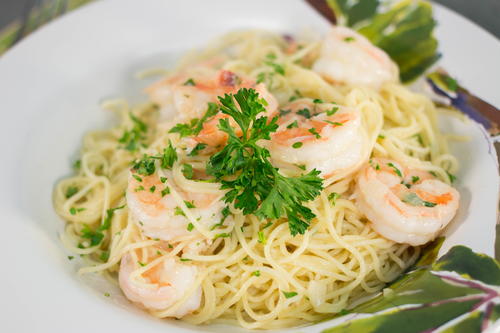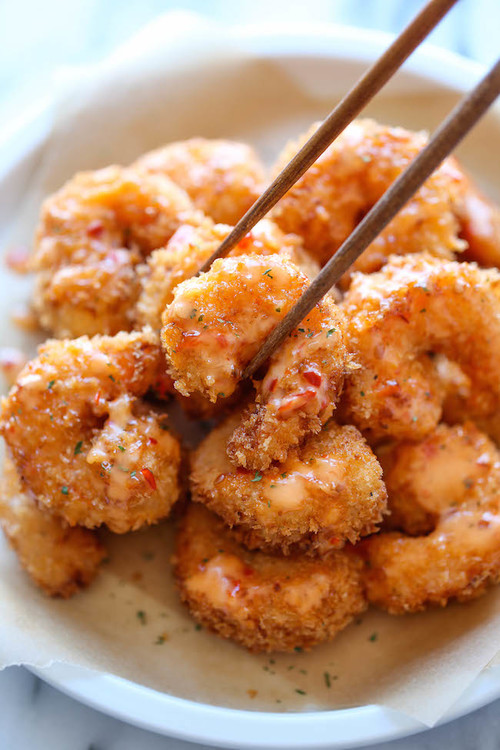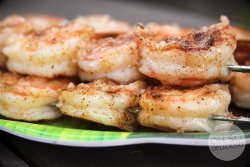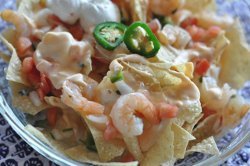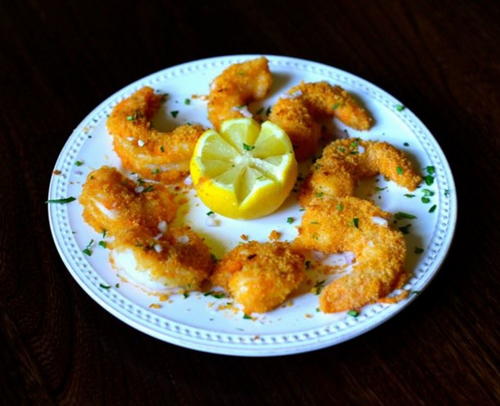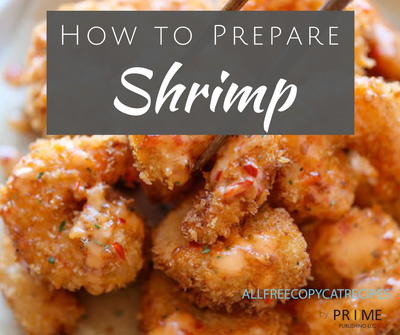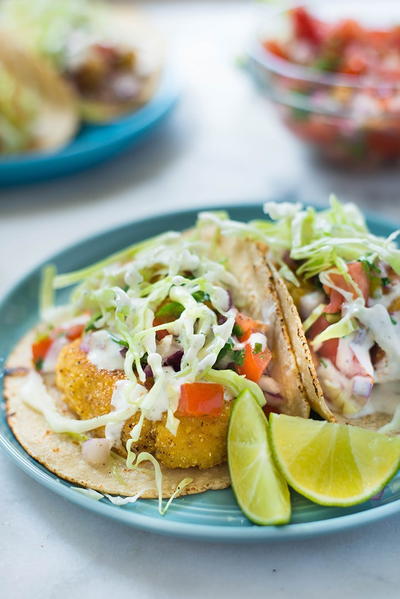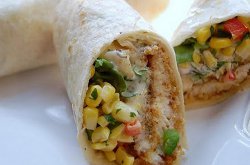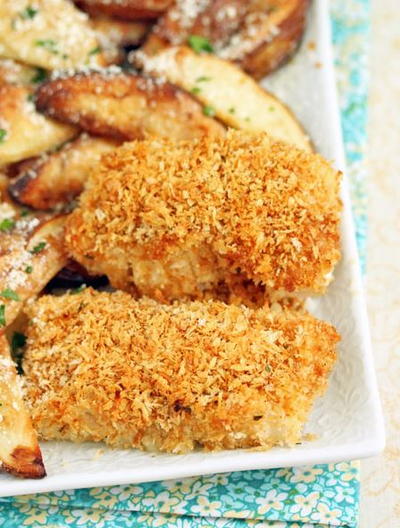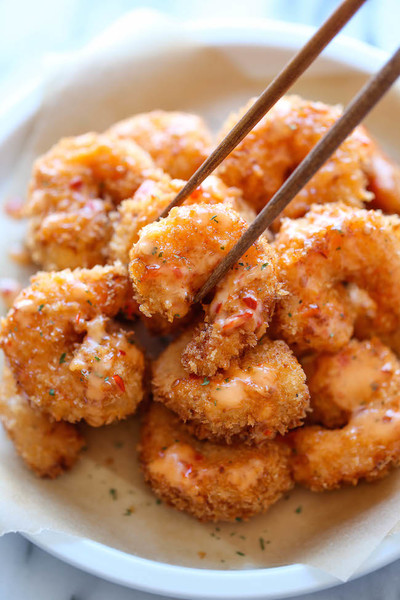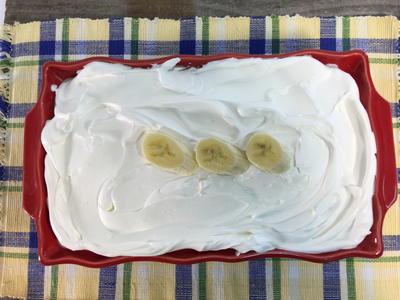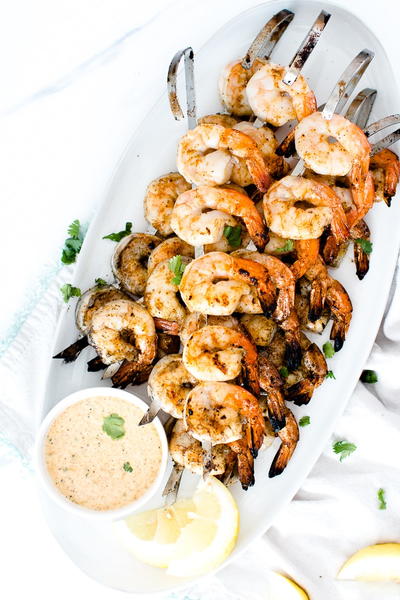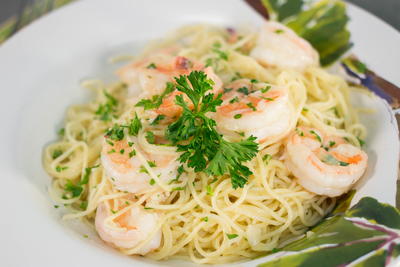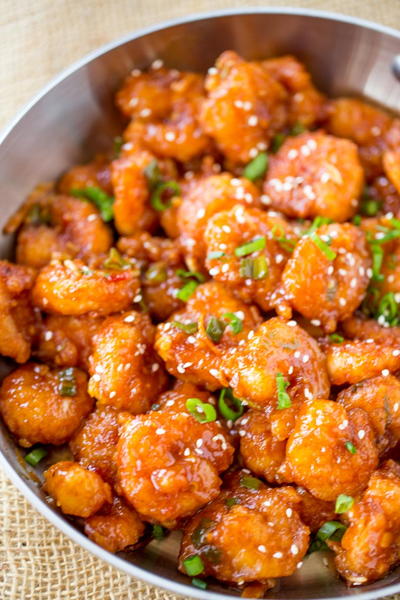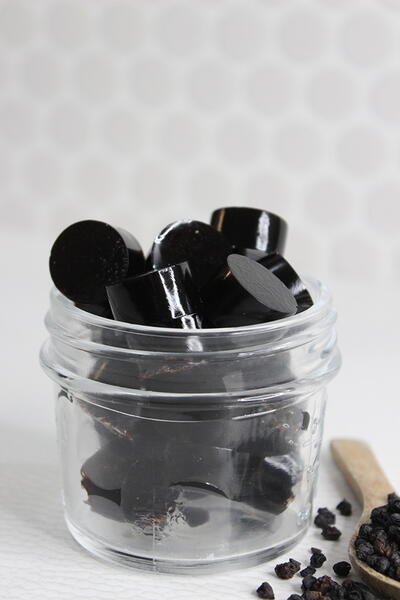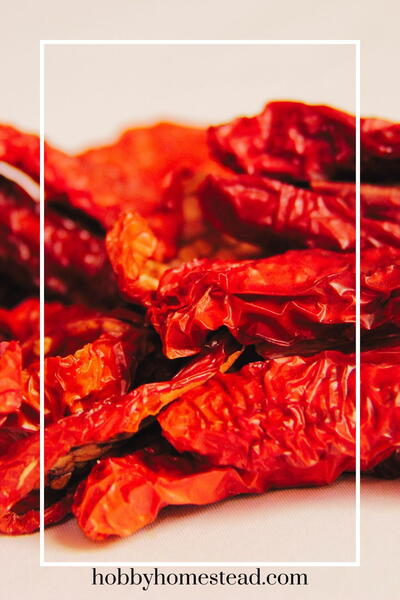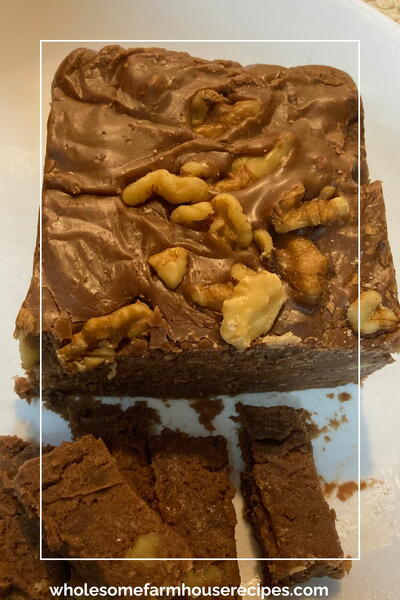How to Prepare Your Shrimp, Plus 4 Facts about Shrimp Nutrition
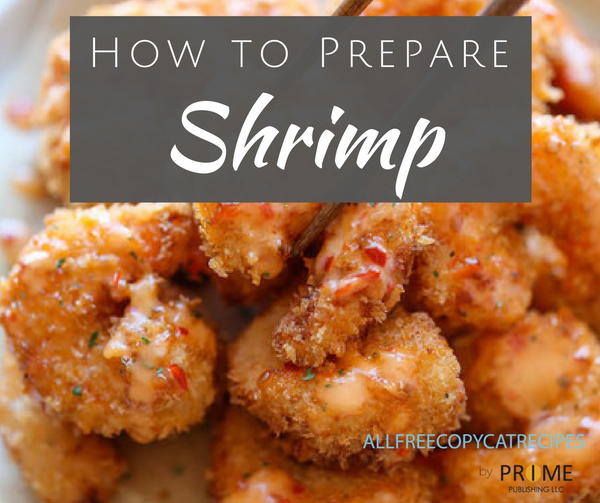
Some of the best and most beloved copycat recipes are shrimp recipes. They’re great in everything from pasta to tacos, and they’re healthy, too! But often at the store, shrimp fans go for the prepared shrimp instead of preparing it on their own. While it might take a little extra time, when you prepare the shrimp yourself, you can taste the difference.
But shrimp are good for more than just their great taste. They’re nutritious, too. We’ve compiled everything you need to know How to Prepare Your Shrimp, Plus 4 Facts about Shrimp Nutrition. And if you’re looking for some awesome ways to use your shrimp, we’ve got five great restaurant copycat recipes for shrimp as well.
If your go-to restaurant order is a shrimp recipe, you'll love these
How to Prepare Your Shrimp
How to Peel and Devein Shrimp
-
Peel: Starting from the head of the shrimp, peel off the outer shell. It’s easier if you start from the inside curve of the shrimp, and if you have trouble getting it at first, try using a knife to get started.
-
Cut: Carefully make a cut along the back -- outside curve -- of the shrimp about an eighth of an inch deep. This will expose the vein.
-
Devein: This is the tricky part of preparing your shrimp, and it’s probably the thing that has kept you from preparing your own shrimp. But once you try it for yourself, it’s actually not that hard to do! All you have to do is find this vein that runs along the back of the shrimp and carefully use a knife to remove it.
-
Cook: Whether you grill it or sautee it, shrimp is nothing but delicious! It cooks quickly, and you know they are done when they turn that signature pink color.
4 Nutritional Facts about Shrimp
-
The Protein: Shrimp is a fabulous source of protein! One serving of shrimp -- about three ounces -- can give you almost a third of your daily protein, depending on factors like gender, age, and weight.
-
The Vitamins: Eating shrimp is a great way to get in those extra vitamins and nutrients that you might not get from other sources. In particular, they are a good source of selenium, phosphorus, and vitamins B12 and B3.
-
The Cholesterol: Shrimp are notorious for being high in cholesterol; however, some of the biggest contributors to blood cholesterol issues are saturated fats, which are very low in shrimp. If you already have high cholesterol, maybe avoid shrimp, but a serving of shrimp every now and then won’t send you cholesterol off the charts.
-
The Calories: Shrimp fans can rest easy. Depending on the size, a single shrimp can have 5-7 calories, which means two servings of shrimp still has less than 100 calories!
Your Recently Viewed Recipes
Eugenia
Sep 01, 2017
This is such a helpful guide! I never knew how to prepare shrimp but I love it in my dishes.
Report Inappropriate Comment
Are you sure you would like to report this comment? It will be flagged for our moderators to take action.
Thank you for taking the time to improve the content on our site.

